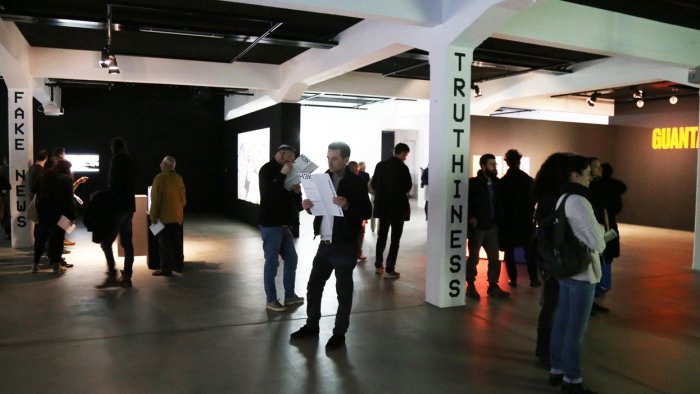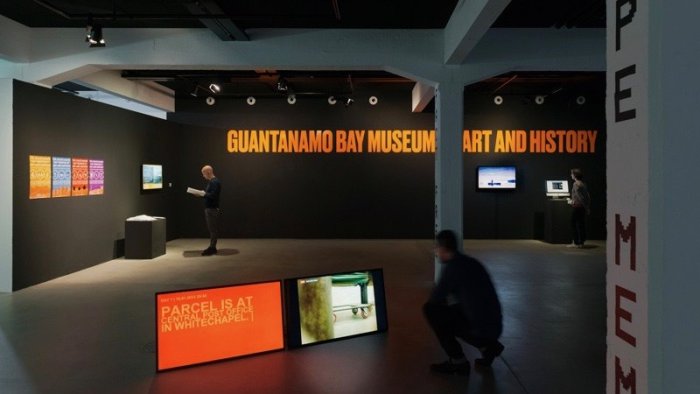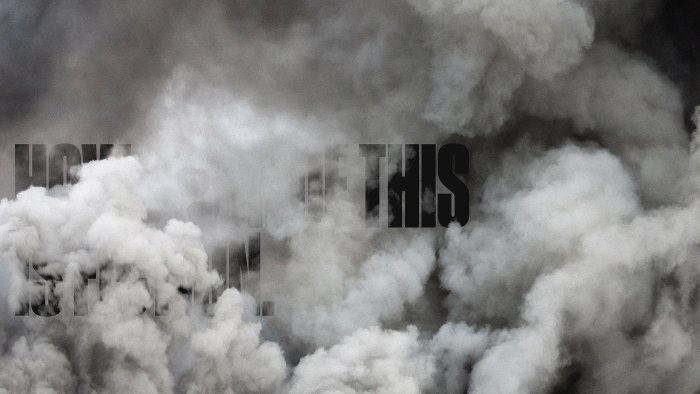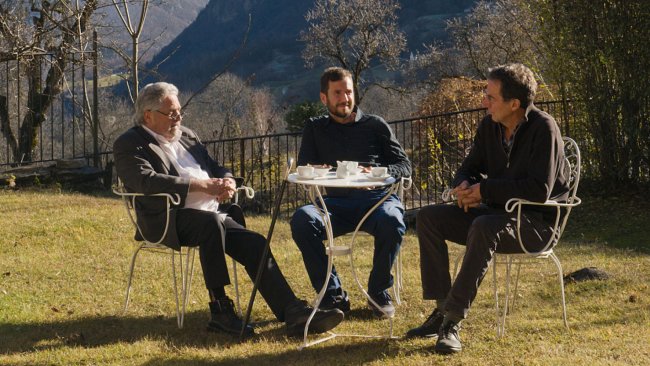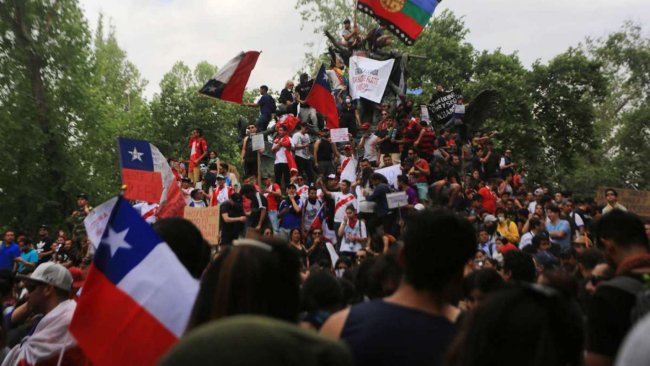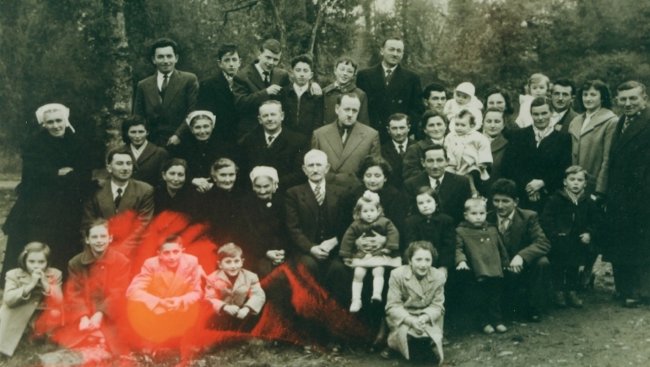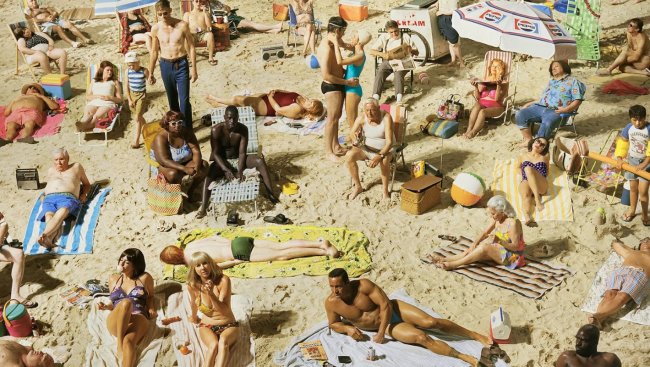How much of this is fiction?
[…] To this respect, the varied experience at the HeK pushes the visitor to reflect on our recent history of media and to realize how the recent debate on fake news has the effect of extending to all media the fragility of the press communication.
[…] One should actually ask oneself why we are speaking in terms of “post-truth”, as if – with a touch of nostalgia – there was an epoch of truth and sincerity that only now has been dramatically lost. Was there ever a non-fictional truth in the world of communication?
[…] The critical stance of the exhibited artworks introduces a distanced perspective towards the images and their information that functions as an enlightenment: the enlightenment of reason against illusion, of the reality of fiction against the fiction of a reality.
Text: Giuseppe Di Salvatore
«How much of this is fiction?». In this case, the “this” in question can be any piece of information. The instructive exhibition at Haus der elektronischen Künste (HeK) in Basel reveals how, behind the attractive TV (and other media) “shows” of information, there is an actual war of information, in which any piece of information becomes a weapon, a manipulative tool, an instrument of power. Gathering artworks from the Eighties to the present, the exhibition shows the critical stance of modern art through the practice and ideas of artists who make the fictional dimension of modern information appear; information as extracted with violence in Guantanamo (Christoph Wachter and Mathias Jud, 2006) and in US military interrogation seminars (see Coco Fusco’s Operation Atropos, 2006), information as used to monitor and control (see Ian Alan Paul’s The EU Bird Migration, 2013, and Superflux’ The Drone Aviary, 2015), information meant to manipulate (see The Yes Men’s Does the Right Thing, 2014, and Share the Safety, 2016), information and misinformation through the activism of hackers (see Julian Oliver and Danja Vasiliev’s Newstweek, 2011, and Paolo Cirio’s Daily Paywall, 2014). How much of this is fiction? constitutes an articulate argument that is joining the current debate on fake news and what is called the epoch of “post-truth”. In doing this, its contribution avoids the platitudes of journalism and proposes a more critical attitude – also towards journalism itself – something that one can find more in the artistic scene at this point than in journalism.
The exhibition curated by Annet Dekker and David Garcia (in collaboration with Ian Alan Paul) displays a great variety of media supports – films, videos, videogames, videos of performances, online programs, installations – and thus, allows us to test how the question of the fictional dimension of information crosses different media. To this respect, the varied experience at the HeK pushes the visitor to reflect on our recent history of media and to realize how the recent debate on fake news has the effect of extending to all media the fragility of the press communication. If the truthfulness of the old press format intrinsically depends on the question of credibility, with photography and moreover with moving images, we are under the impression that we are accessing a domain of unquestionable reality. Today, a long season of scandals and consequent criticism towards this unquestionability – for which we discover how important the contribution of artistic projects has been – makes us speak about a general fictional essence of any form of information. The photographic image and the moving images didn’t stop the long history of fictional information, but have just written the last chapter of the history of illusionism. One should actually ask oneself why we are speaking in terms of “post-truth”, as if – with a touch of nostalgia – there was an epoch of truth and sincerity that only now has been dramatically lost. Was there ever a non-fictional truth in the world of communication? That should be the sound (rhetorical) question to raise. With this question one should attack any attempt to criticize “false” information in order to restore the truth, which calls into question the candid intentions we often project onto hacker activists: they are not legitimate “Robin Hoods” working against an “information system of power” for the sake of the truth, but merely individuals telling yet another (fictional) story…
With this reflection, I want to stress how the politically loaded exhibition at the HeK can also be interpreted as a broader interrogation on the current state of moving images and particularly on their perception. This exhibition of the fictional dimension is a gesture that breaks the illusionism by revealing it as such. The critical stance of the exhibited artworks introduces a distanced perspective towards the images and their information that functions as an enlightenment: the enlightenment of reason against illusion, of the reality of fiction against the fiction of a reality. Even if the exhibition at the HeK is “traditionally” organised in a black box, the power of How much of this is fiction? is in its ability to brighten the darkness of the exhibition space. Yet, the result of all of this should not be a cynical mistrust of any information we receive through the media; this would mean that we are still dreaming of an unattainable truth. We learn that one should rather take any piece of information as a story, compelling oneself to understand the intentions and the context of each story. More than merely denouncing the hypocrisy of the media (the old and the new ones finally merging together) or criticizing the illusionism of images and moving images, How much of this is fiction? is a wonderful exercise in storytelling.
Info
How Much of This Is Fiction? | Exhibition | Annet Dekker, David Garcia, (curators) Ian Alan Paul (collaboration) Ruben Pater (exhibition design) | Haus der elektronischen Künste Basel | 23.3-21.5.2017
First published: May 10, 2017
